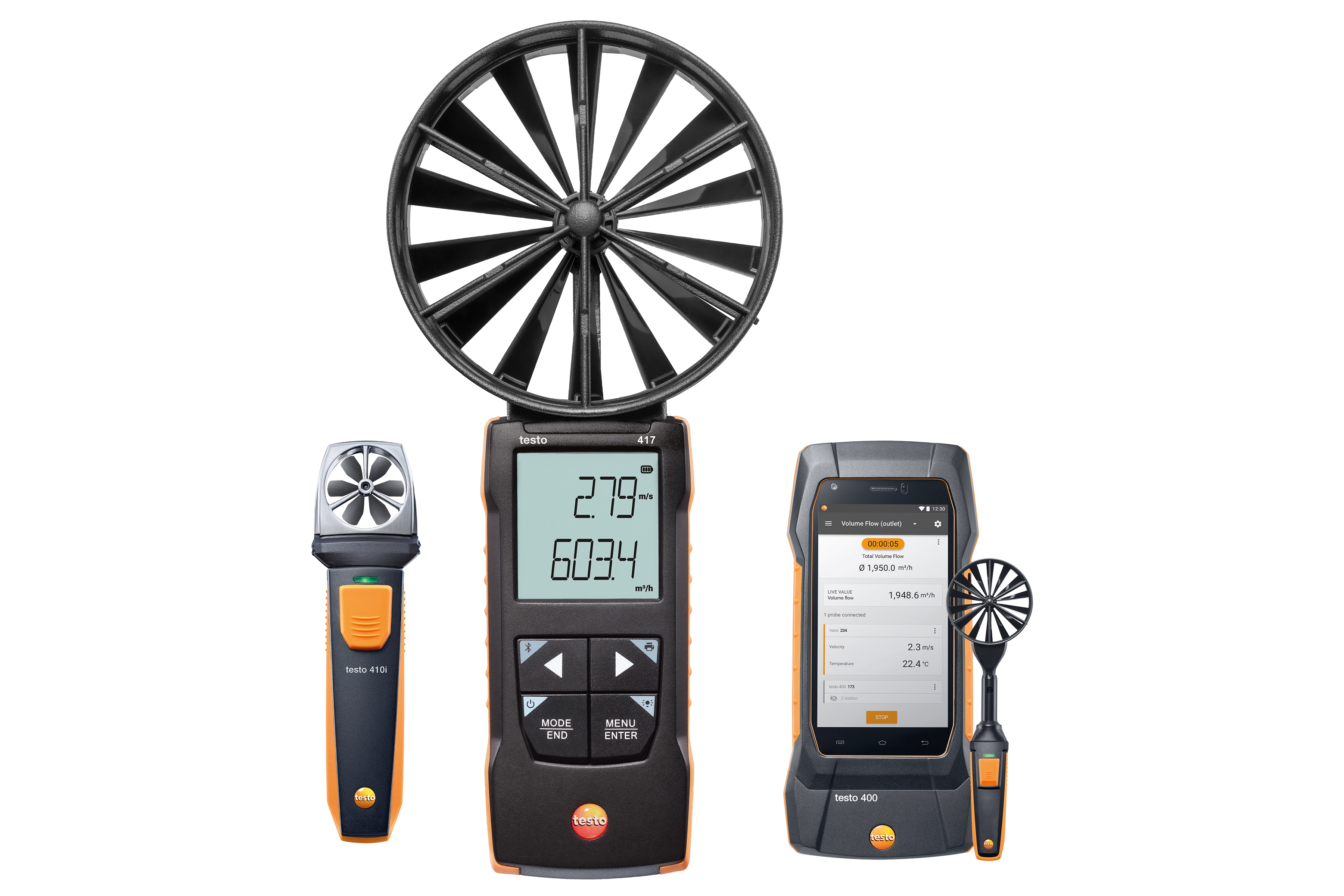Comparing Digital and Mechanical Anemometers: Which is Right for You?
Comparing Digital and Mechanical Anemometers: Which is Right for You?
Blog Article
All You Need to Learn About Anemometers: Just How They Work, Why They Issue, and Where to Utilize Them
Anemometers, though frequently forgotten in the realm of clinical instruments, play a crucial function in various areas, offering beneficial understandings into wind rate and air movement patterns. Recognizing the technicians behind these devices is vital for anyone looking for to harness the power of this information. From meteorologists tracking weather condition patterns to engineers designing frameworks with wind lots in mind, the applications of anemometers are far-ranging and diverse. As we dive into the complexities of anemometer technology, we will certainly reveal the inner functions of these devices, their importance, and the key factors to consider when choosing the right anemometer for particular applications.

Anemometer Basics
An important tool utilized to measure wind speed and direction, the anemometer plays an essential role in weather forecasting and various sectors. An anemometer commonly consists of 3 or four cups that turn in the wind, a vane that points right into the wind, and sensors to track the movements or turnings.
There are various sorts of anemometers offered, consisting of cup anemometers, vane anemometers, hot-wire anemometers, and sonic anemometers, each with its one-of-a-kind features and applications. Mug anemometers are typically made use of for basic wind rate dimensions, while vane anemometers are preferred for directional measurements. Hot-wire anemometers are ideal for low airspeeds, and sonic anemometers are ideal for high-precision measurements in study and industrial settings. Understanding the fundamentals of anemometers is important for precise wind data collection and analysis across various sectors.
Principles of Anemometer Procedure
Building on the foundational understanding of anemometer fundamentals, the principles of anemometer operation clarify the mechanics behind wind speed and direction measurements. Anemometers run on the concept of airflow impacting a sensor, causing it to rotate. Cup anemometers, for example, have three or more cups that catch the wind, triggering them to rotate faster as the wind speed increases. The rotation rate is after that converted into a wind speed dimension. Vane anemometers, on the various other hand, use a tail or a probe that straightens itself with the wind instructions, offering a dimension of wind direction based on the orientation of the sensor. Hot-wire anemometers rely on a heated cord that cools down as wind passes over it, with the rate of cooling establishing the wind rate. Ultrasonic anemometers step wind speed and instructions by evaluating the time it takes for ultrasonic signals to take a trip in between transducers. Understanding these principles is vital visit the website for dependable and accurate wind dimensions in numerous applications.
Importance of Anemometers
The relevance of anemometers in meteorology and various industries can not be overstated. Anemometers play a critical function in determining wind speed and direction, giving vital information for weather condition forecasting, environment research studies, ecological tracking, and aviation procedures. Meteorologists depend on anemometers to collect accurate wind data, helping them understand weather condition patterns, predict storms, and concern prompt warnings to the public. In markets such as building and construction, agriculture, eco-friendly power, and maritime procedures, anemometers are made use of to enhance procedures, make sure safety and security, and enhance effectiveness. Wind ranch operators make use of anemometers to examine wind problems and maximize electrical energy production from wind generators. In the maritime field, anemometers aid ship navigation by giving real-time wind info to captains, aiding them make educated choices to guarantee secure trips. On the whole, anemometers are vital devices that add substantially to security, effectiveness, and informed decision-making in meteorology and a vast array of markets.
Applications Across Numerous Industries
In the eco-friendly power market, anemometers play an important duty in analyzing wind problems for wind ranch positionings, making certain optimum power manufacturing. Industries like building and construction and mining use anemometers to check wind rates, vital for security protocols, especially when functioning at elevations or in open-pit mines where solid winds can present risks. In agriculture, anemometers help farmers in handling crop splashing by supplying real-time data click over here now on wind speed to prevent drift.

Choosing the Right Anemometer for Your Needs
Choosing the appropriate anemometer customized to your particular requirements is important for getting accurate wind rate and direction measurements. When selecting an anemometer, take into consideration aspects such as the designated application, called for measurement variety, ecological problems, and desired functions. For general functions, a mug anemometer is appropriate for gauging wind rate, while a vane anemometer offers wind direction data. Hot-wire anemometers are excellent for low airspeed dimensions, and ultrasonic anemometers provide high precision and durability.

Final Thought
In verdict, anemometers play an important role in measuring wind rate and instructions across different markets. It is essential to take into consideration the value of anemometers in order to make educated decisions when choosing the most ideal tool for determining wind problems.
There are various kinds of anemometers readily available, including cup anemometers, vane anemometers, hot-wire anemometers, and sonic anemometers, each with its special attributes and applications. Mug anemometers are commonly used for basic wind speed dimensions, while vane anemometers are chosen for directional dimensions. Hot-wire anemometers are suitable for reduced airspeeds, and sonic anemometers are ideal for high-precision measurements in research study and industrial setups.Structure on the fundamental understanding of anemometer essentials, the concepts of anemometer operation illuminate the auto mechanics behind wind rate and direction measurements. For general functions, a cup anemometer is appropriate for measuring wind speed, while a vane anemometer offers wind instructions information.
Report this page